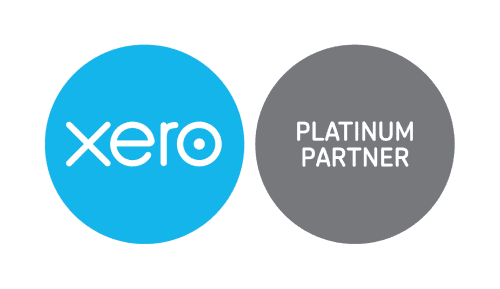
Don't Ignore Those Tax Debts: The ATO Won't!
Whilst the ATO went out of its way to assist businesses doing it tough during the COVID lockdowns, a more robust approach to collecting outstanding tax debts now seems to be the order of the day.
Other people’s money
A major part of the tax debts of many businesses represents the temporary withholding of other people’s money – employees’ PAYG withholding
and their superannuation guarantee amounts. And the GST the business charges on the taxable supplies it makes doesn’t belong to the
business either.
Some clients avoid mixing their own money and other people’s money. They have opened a separate BAS bank account for the withheld amounts so that those funds will be available when required, regardless of what happens in the business.
Director Penalty Notices
The ATO is particularly focused on employee entitlements and will not hesitate to issue Director Penalty Notices (DPNs) where there has
been serious non-compliance by corporate entities.
Under a DPN, the sins of the company are visited on the directors, who will each be personally liable for any unpaid amounts. As DPNs are a complex and serious matter, please contact us urgently should you receive one.
Disclosure to Credit Reporting Bureaus
One relatively recent development is the disclosure by the ATO of outstanding tax debts exceeding $100,000 to the various Credit Reporting
Bureaus, which in turn could have an adverse impact on a business’ future ability to obtain finance. The ATO will contact the business
ahead of making such a disclosure to give them an opportunity to set things right.
Simplified debt restructuring
Another relatively recent option, effective from 1 January 2021, is a less formal restructuring option for small incorporated businesses
experiencing financial stress. Simplified debt restructuring is open to businesses with total debts of up to $1 million where the business
has not undergone a restructure or a simplified liquidation in the last seven years. To be eligible, their current employee entitlement
obligations and tax lodgements all have to be up to date.
The process involves appointing a small business restructuring practitioner (SBRP) and devising a plan setting out how much creditors would be paid under the plan if implemented. Creditors then vote on the plan, which is implemented if approved. The ATO is often the major unsecured creditor in these matters, and we understand they have been quite open to approving many of the restructuring plans put forward.
The advantage of this method is that the directors continue to run the business throughout the restructuring process, subject to seeking the consent of the SBRP for any transactions falling outside the normal course of business.
In the meantime, there is a moratorium on the enforcement of debts by unsecured creditors and some secured creditors, while any personal guarantees given by a director or their spouse cannot be enforced except with leave from the court.
In order to qualify, a company has to be insolvent, or about to become insolvent. However, the core business has to be viable, or there would be little point in a restructure. This requires a realistic assessment of how the business is currently performing and what its future prospects are. If the core business is unviable due to industry changes, liquidation may be a more realistic option.
A number of small businesses have applied this option and successfully repaid debt on a compromised basis, emerging from an approved restructuring plan unburdened by unsustainable debt.
For more information contact your Forsyths team member.



